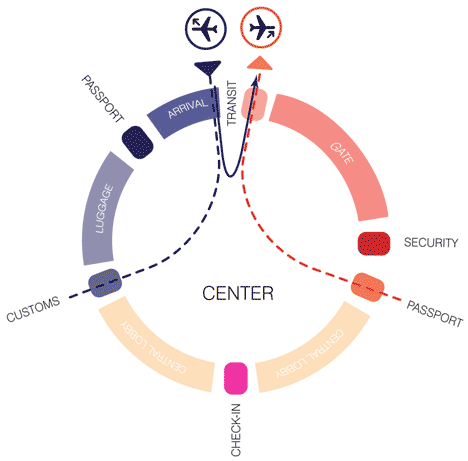Translate
Popular Posts
-
Introduction Tirana needs a new mosque, not only for the Muslim community and not only to meet the needs of a growing number of Muslim citiz...
-
Gouqi Island belongs to a group of nearly 400 islands known as Shengsi Islands, and form a part of the Zhoushan Archipelago, located ou...
-
It’s daunting to witness the labor poured into a 365-day creative project, be it taking a daily photo, doing a quick sketch, or even writ...
-
Abandoned vehicles are slowly swallowed up by nature on a stretch of road near the power plant Polish photographer Arkadiusz Podnies...



















International airport for the passengers of the air flight. The uses and utility of the airport are composed for the essayontime in fundamental facilities of the air and for the quick flights.
ReplyDeleteit was very help full for my new site. Aluminium Scaffolding Manufacturer...
ReplyDeleteGreat read, thanks for this information. Find best guitars for clone hero game at: clone hero guitar
ReplyDelete